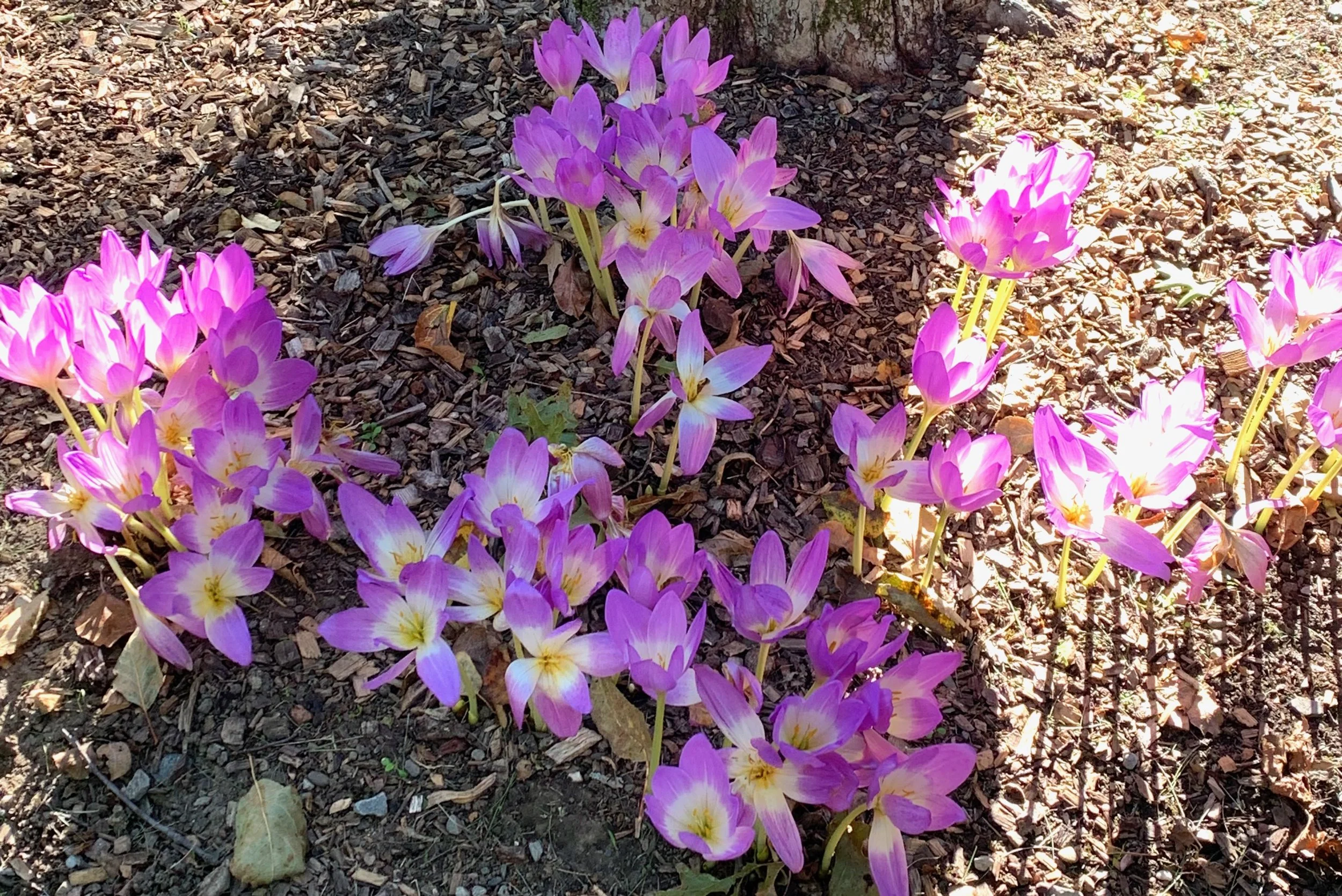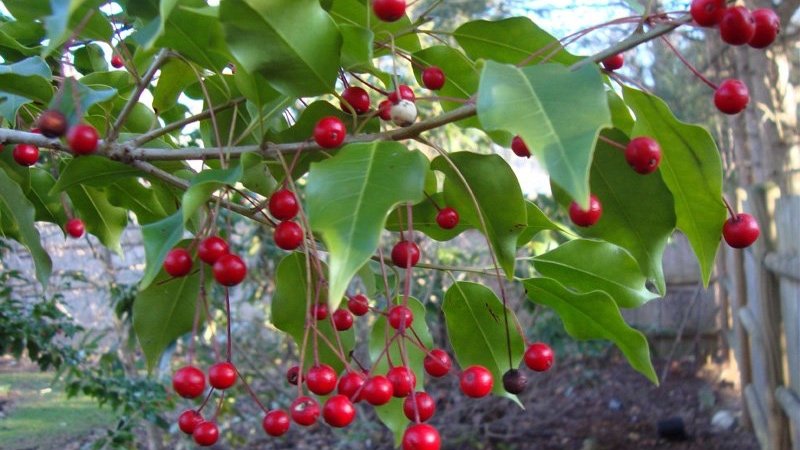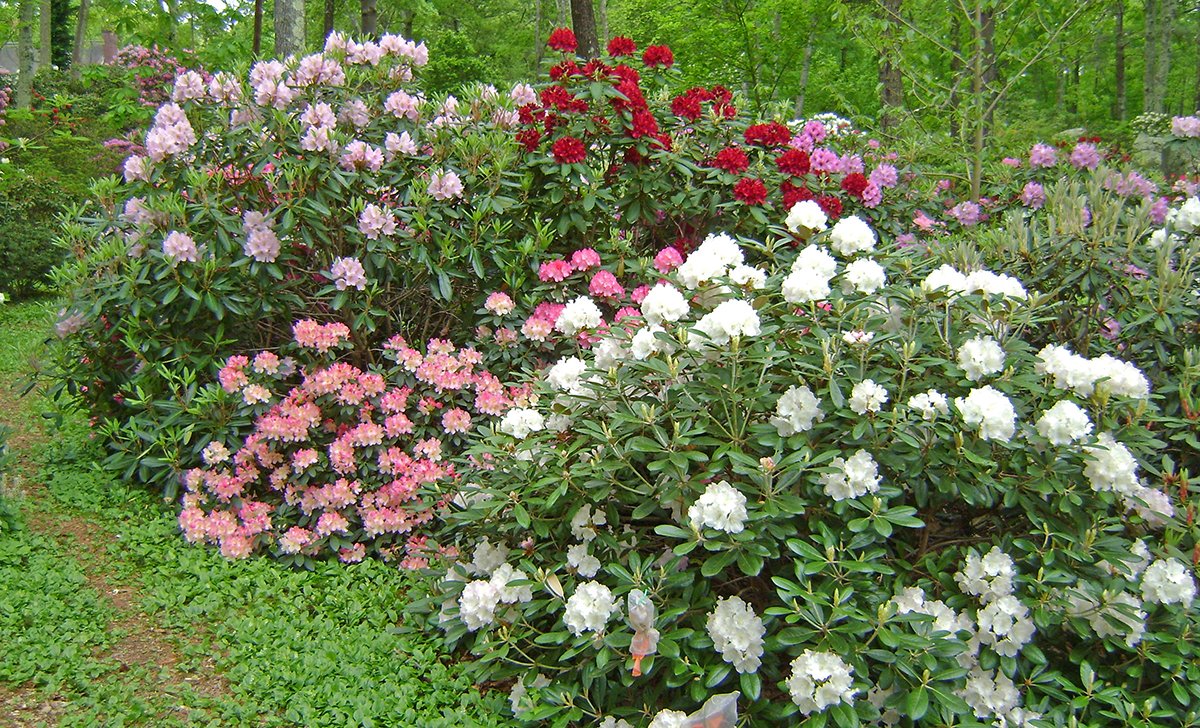Orienpet Lilies Dazzle the Mid-Summer Garden
/As a gardener, I have always been attracted to perennials that have a bold presence in the garden – mammoth hostas, towering Joe Pye Weed, tree-sized heleniums, 30-foot tall rambler roses. My garden is large, with flowerbeds surrounded by expanses of lawn and framed by huge maples and Norway Spruces. Tiny plants just disappear in the surrounding greenery.
So when I first heard Kerry Mendez of Perennially Yours rave about her giant Orienpet Lilies, I was intrigued. I ordered a collection of 12 mixed bulbs from White Flower Farm, and have found them to be just as spectacular and easy to grow as Kerry promised.
My gorgeous Orienpets have topped 7 feet in height, with each flower stalk sporting a dozen or more giant blooms. The flowers are gracefully curved, with colors ranging from clear white to soft pastels to bold golds, magentas and oranges. Each flower is sprinkled with spots and freckles (called “spreckles” in lily breeder circles.)
Best of all is their fragrance, at once spicy, sweet and musky. Orienpet lilies perfume the garden from sunrise through the long summer evenings. In my foyer, three lily stalks create a sumptuous bouquet that fills the whole house with its heady scent.
Although they originated more than 50 years ago, the stunning Orienpets did not become available in the garden flower trade until the early 1990s. Orientpet lilies are the result of complex crosses of Oriental lilies from Japan and Trumpet lilies from China - hence their name.
Like most hybrids, Orienpets inherit the best qualities of their parents. They combine the stature and ease of the trumpets with the wide flowers and spicy fragrance of the Orientals. These hybrids exhibit more vigor than either parent – more strength and disease resistance, as well as a higher tolerance of extreme hot and cold temperatures. They flourish in Zones 3 to 6, and bloom from mid-July to mid-August, a time when many other lilies have already faded.
Orienpet lilies are easy to grow, provided they have excellent drainage, average moisture, and at least 6 hours per day of dappled sunlight. They will not thrive in deep shade and blasting sun will fade their blooms quickly. As with all perennials, lilies grow best in soil amended with compost prior to planting. Bulbs should be planted in late fall, at a depth of three times the bulb diameter and at least 4 inches apart. They look best planted in groups of five or more bulbs. When the blooms have faded, they should be removed to direct energy to the bulb. The remaining stems should be cut back to the ground in fall after severe frost.
Although popular with rabbits, deer and woodchucks, the greatest threat to lilies in my garden is the lily beetle – a bright red insect that devours lily leaves, stems and flowers. I have tried various products and techniques to halt these destructive insects, but the simplest and most effective has been a sprinkling of Bayer Advanced 2-in-1 Rose and Flower Care around the base of each lily in early summer, just as the stems emerge.
The brilliant blooms and towering height of Orienpet lilies will astound visitors to your garden and delight you for many years to come. Plant some bulbs this fall for unsurpassed color, stature and scent next summer!
You Might Also Like













